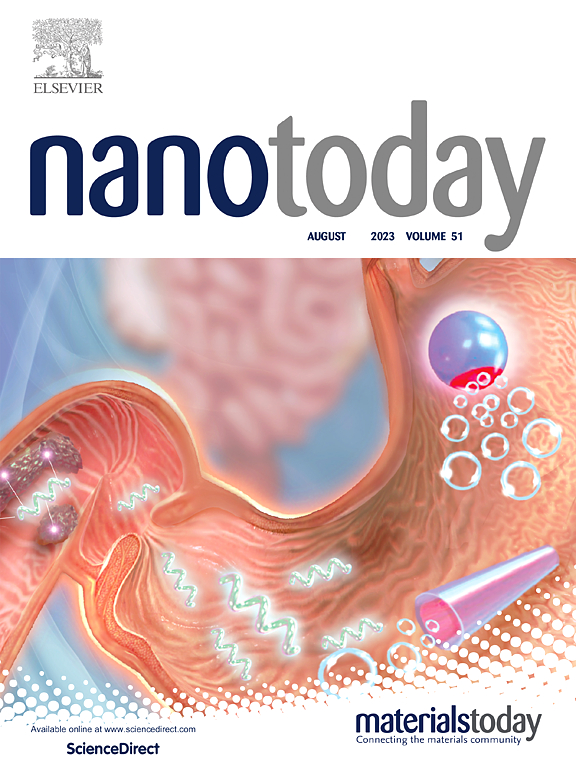角膜内皮功能障碍治疗:非侵入性治疗策略的最新进展
IF 10.9
1区 材料科学
Q1 CHEMISTRY, MULTIDISCIPLINARY
引用次数: 0
摘要
角膜内皮在维持健康视力方面起着至关重要的作用。然而,与具有高增殖率和6至7天的周转寿命(可维持恒定的细胞密度和高度控制细胞粘附)的上皮细胞相比,人类角膜内皮细胞(HCECs)通常不会增殖。因此,随着时间的推移,HCECs密度的降低会导致角膜透明度的降低,并导致角膜水肿、大疱性角膜病变等眼病的发生。修复HCECs的进展不断被寻找,并围绕可能的局部药物应用以及新兴策略(如CRISPR-Cas9基因编辑、反义寡核苷酸(ASOs)和纳米技术概念)不断发展。在这里,最先进的角膜内皮疾病的治疗策略(如富氏内皮性角膜营养不良(FECD),角膜水肿,大疱性角膜病)将被概述,特别关注局部应用已显示出积极的治疗效果。本文章由计算机程序翻译,如有差异,请以英文原文为准。
Corneal endothelial dysfunction treatments: Recent advances in non-invasive treatment strategies
The corneal endothelium plays an essential role in the maintenance of a healthy vision. However, in contrast to epithelial cells with high proliferation rates and a turnover lifespan of six to seven days that allows maintenance of constant cell density and high control of cell adhesion, human corneal endothelial cells (HCECs) do not normally proliferate. Therefore, loss of HCECs density over time leads to corneal transparency loss, and the development of corneal edema, bullous keratopathy and other eye diseases. Developments for repairing HCECs are continuously searched for and are evolving around possible topical drug applications as well as emerging strategies such as CRISPR-Cas9 gene editing, antisense oligonucleotides (ASOs) and nanotechnological concepts. Here, the state-of-the-art treatment strategies for corneal endothelial diseases (e.g. Fuch's endothelial corneal dystrophy (FECD), corneal edema, bullous keratopathy) will be outlined with a special focus on where topical applications have shown positive therapeutic outcomes.
求助全文
通过发布文献求助,成功后即可免费获取论文全文。
去求助
来源期刊

Nano Today
工程技术-材料科学:综合
CiteScore
21.50
自引率
3.40%
发文量
305
审稿时长
40 days
期刊介绍:
Nano Today is a journal dedicated to publishing influential and innovative work in the field of nanoscience and technology. It covers a wide range of subject areas including biomaterials, materials chemistry, materials science, chemistry, bioengineering, biochemistry, genetics and molecular biology, engineering, and nanotechnology. The journal considers articles that inform readers about the latest research, breakthroughs, and topical issues in these fields. It provides comprehensive coverage through a mixture of peer-reviewed articles, research news, and information on key developments. Nano Today is abstracted and indexed in Science Citation Index, Ei Compendex, Embase, Scopus, and INSPEC.
 求助内容:
求助内容: 应助结果提醒方式:
应助结果提醒方式:


